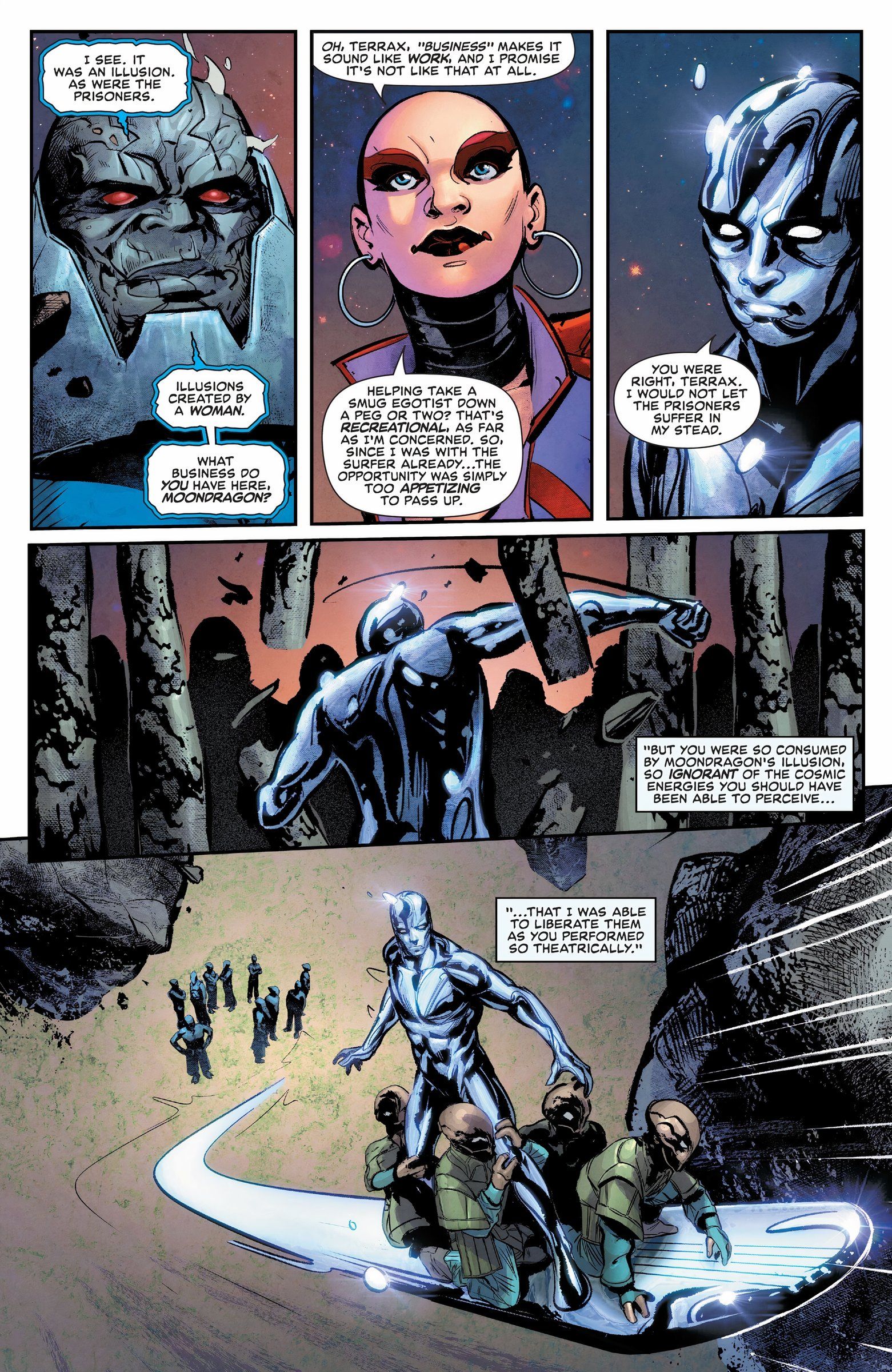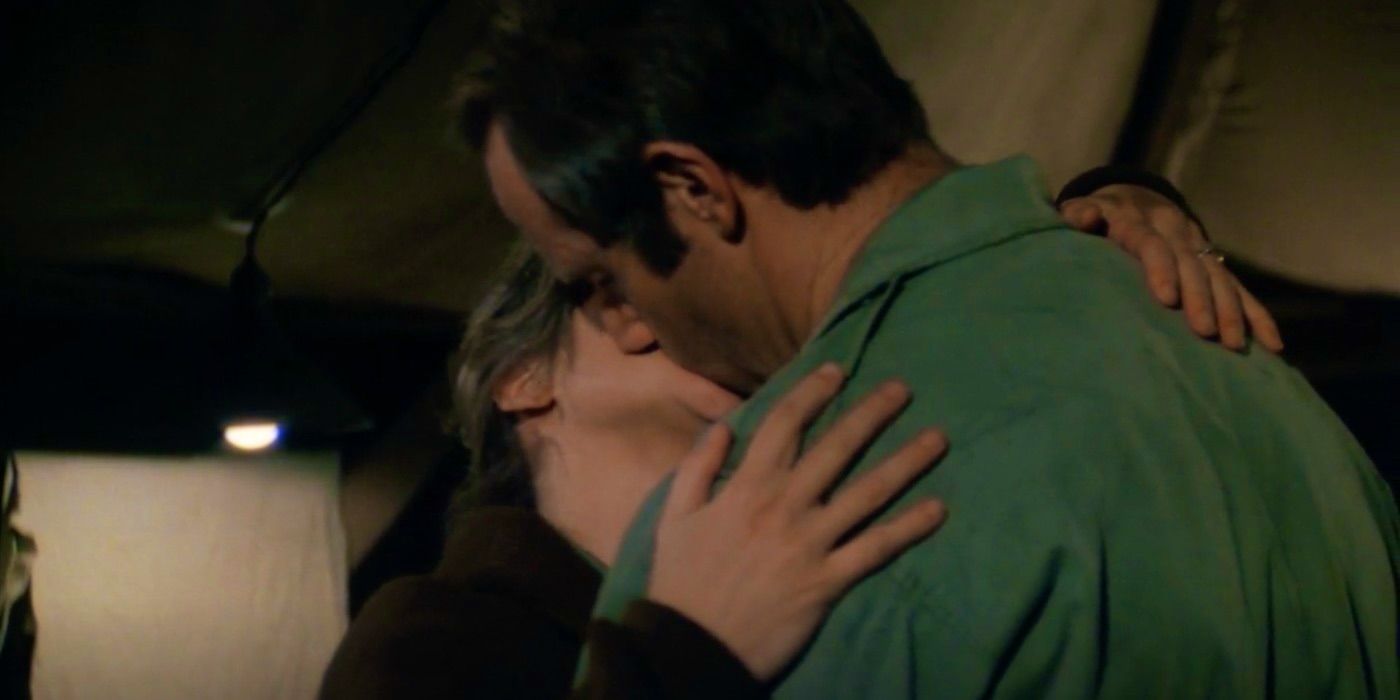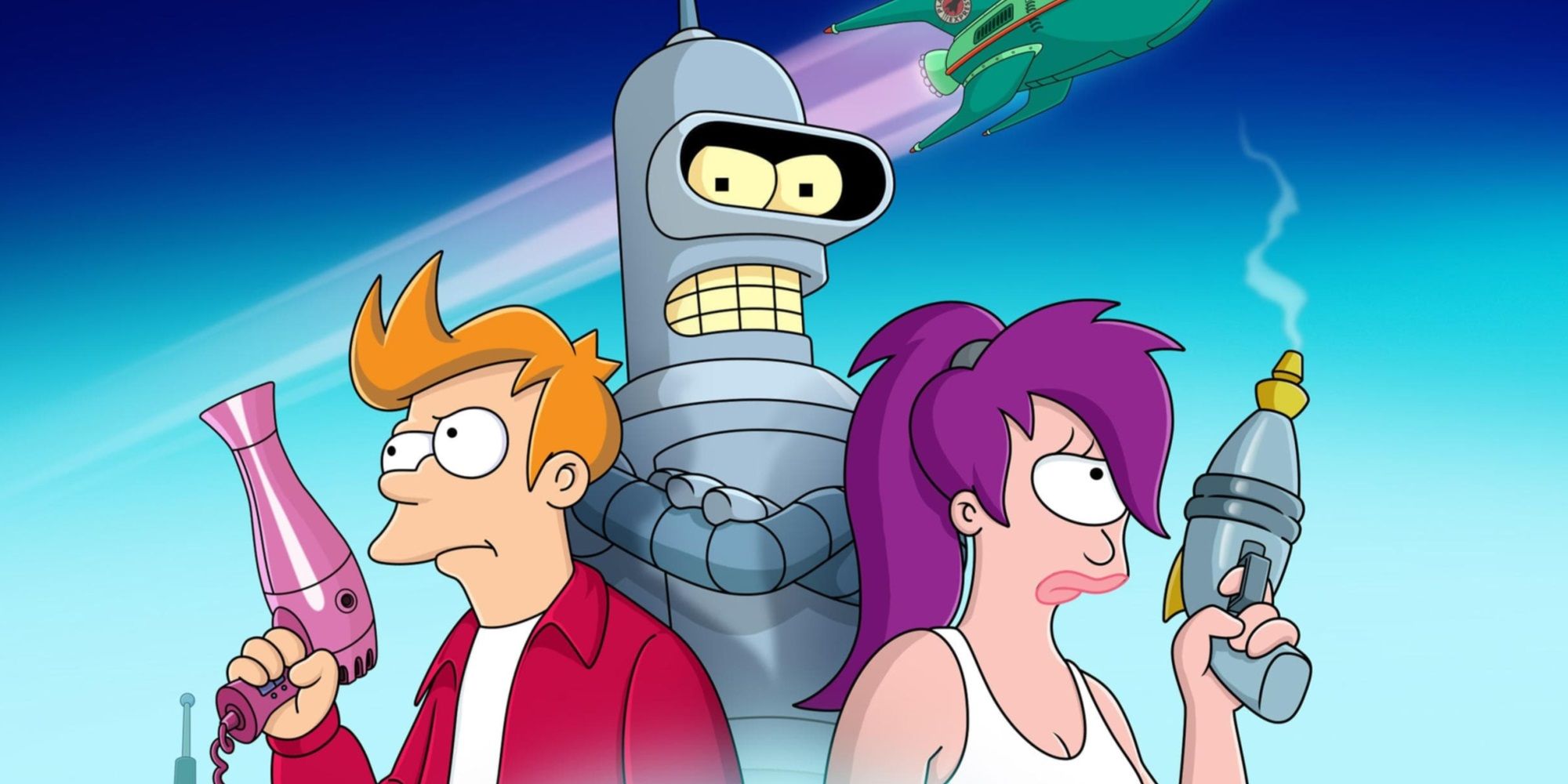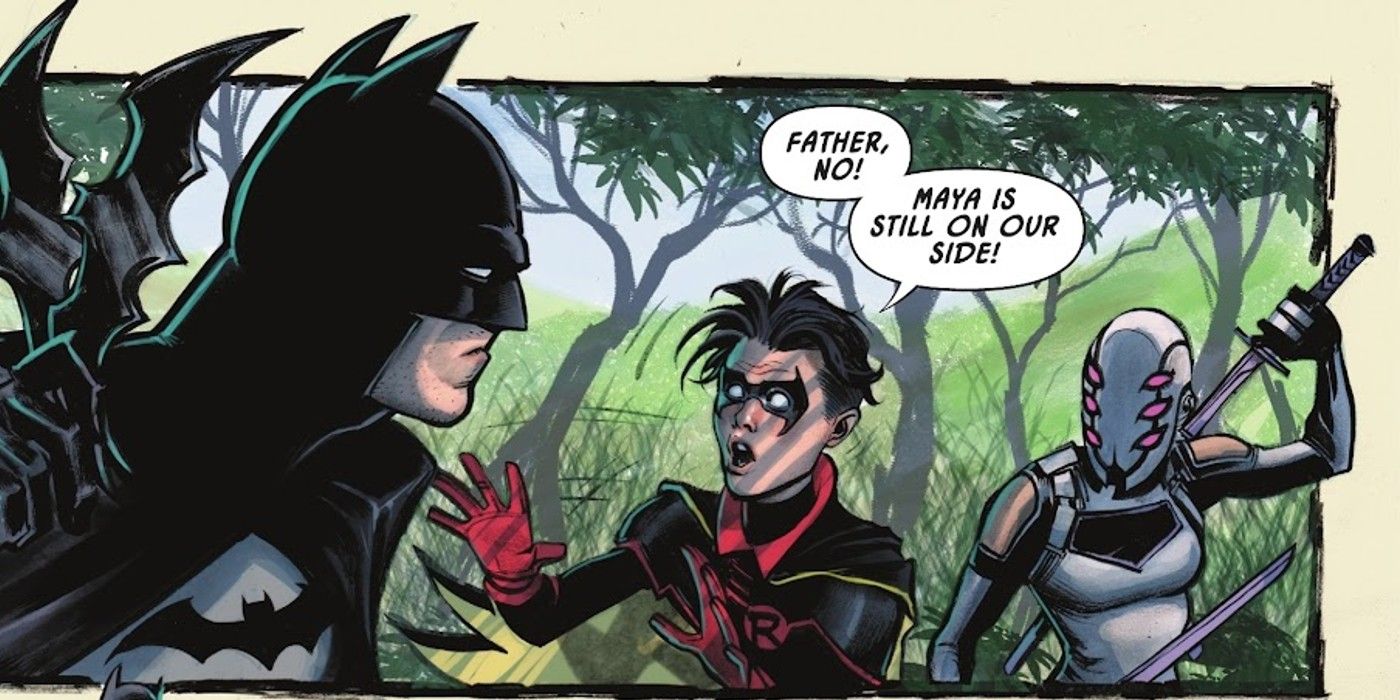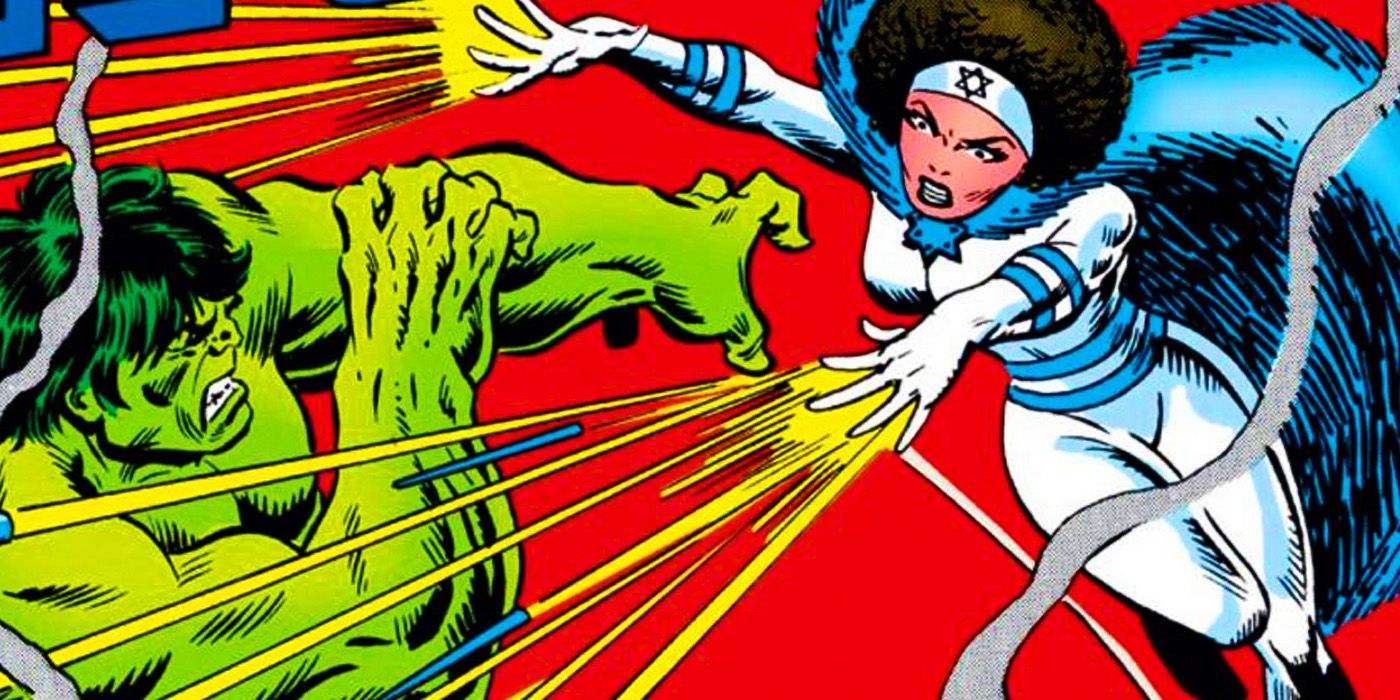The fantasy drama The Green Mile is based on the Stephen King novel of the same name — here are all the differences between the book and the movie. Prolific horror writer Stephen King has written 65 fiction novels (with seven under the pen name “Richard Bachman”), five nonfiction books, and over 200 short stories. His works have been adapted to the big screen over 50 times, with many projects receiving rave reviews. While products like The Shining and The Stand have received multiple on-screen adaptations, The Green Mile has only been brought to the screen once, featuring the award-winning film stars Michael Clarke Duncan, Tom Hanks, and Sam Rockwell.
Bringing a novel from the page to the screen is no easy task, and it’s common for there to be many changes made from the source material. Usually, narrative coherency, run time, and visual aesthetics are responsible for changes in cinematic adaptation. Unlike Stanley Kubrick’s The Shining, The Green Mile manages to stick pretty close to its source material, with a few changes here and there. Like the novel, The Green Mile follows Paul Edgecomb (Tom Hanks), old and young, as he recounts the story of inmate John Coffey (Michael Clarke Duncan), who is innocent of his alleged crimes, and who has inexplicable healing and empathic abilities. Here’s every difference between the book and the movie.
Green Mile’s Original Mr. Jingles Dies Later

In The Green Mile movie, an inmate named Eduardo “Del” Delacroix (Michael Jeter) is imprisoned for several deaths caused by a fire he started in order to cover up his rape and murder of a young girl. While Del doesn’t garner sympathy at first, his torture at the hands of prison guard Percy Wetmore (Doug Hutchison) certainly turns heads. In the film, Del befriends a mouse named Mr. Jingles, who is cruelly killed by Percy. After Paul is healed by John of a bladder infection, John then resurrects Mr. Jingles, prompting Paul to wonder if John is truly guilty of his alleged crimes. At the end of The Green Mile movie, Paul reveals that Mr. Jingles is still alive, claiming John blessed him with an abnormally long life.
The Green Mile book, unfortunately, has a different fate for Mr. Jingles. In the Stephen King novel, Mr. Jingles is still indeed alive by the time Paul makes it to the nursing home. However, he dies shortly before Elaine’s (Eve Brent) passing. The Green Mile movie is already tragic in its own right, and Mr. Jingles’ unusually long life span in the Stephen King movie adaptation provides audiences with one ray of sunshine. However, King obviously didn’t feel like sunshine belonged in The Green Mile, and, therefore, Mr. Jingles’ ultimate fate was sealed.
The “Top Hat” Story Isn’t In Stephen King’s Book
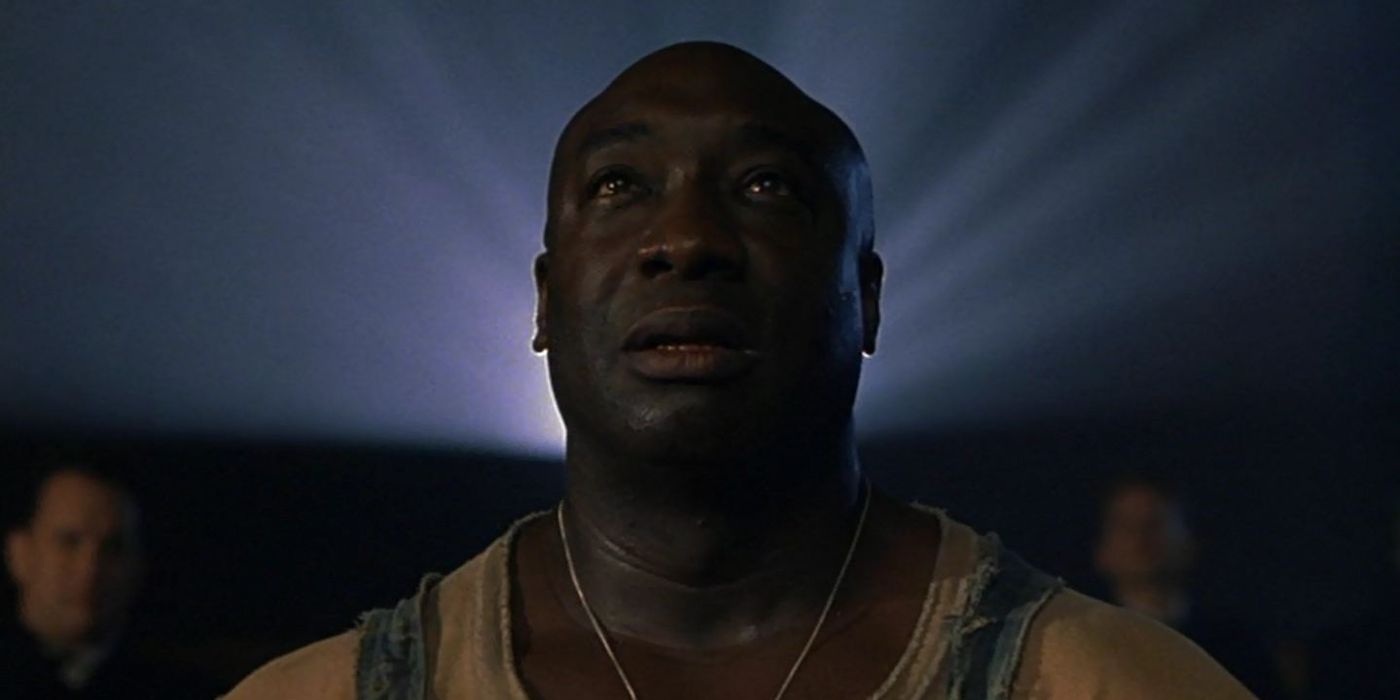
The Ginger Rogers and Fred Astaire movie Top Hat appears twice in The Green Mile movie, first in its opening sequence and then shortly before John’s execution. The film plays a big role in the film, as it’s what prompts Paul Edgecomb to recount the story of John Coffey to Elaine. It’s reportedly the only movie that John ever saw, and it’s part of his final wish to view the film before his execution. Top Hat is responsible for several tear-jerker moments in The Green Mile. However, the 1935 movie isn’t featured in Stephen King’s book at all.
Top Hat worked as a narrative device for The Green Mile movie, as the book is framed from the perspective of Paul writing a memoir about his experience, rather than recounting it aloud. While the two Top Hat scenes are responsible for both setting the stage and kicking off the final tragic events of The Green Mile film, there really wouldn’t be any use for it in the book. Top Hat‘s inclusion is a classic case of necessary changes made to the source material in order to make a movie adaptation fit for the screen. While it provided the perfect jumping-off point for the film, it’s wholly unnecessary in the context of King’s novel.
The Green Mile Movie Ignores An Important Villain
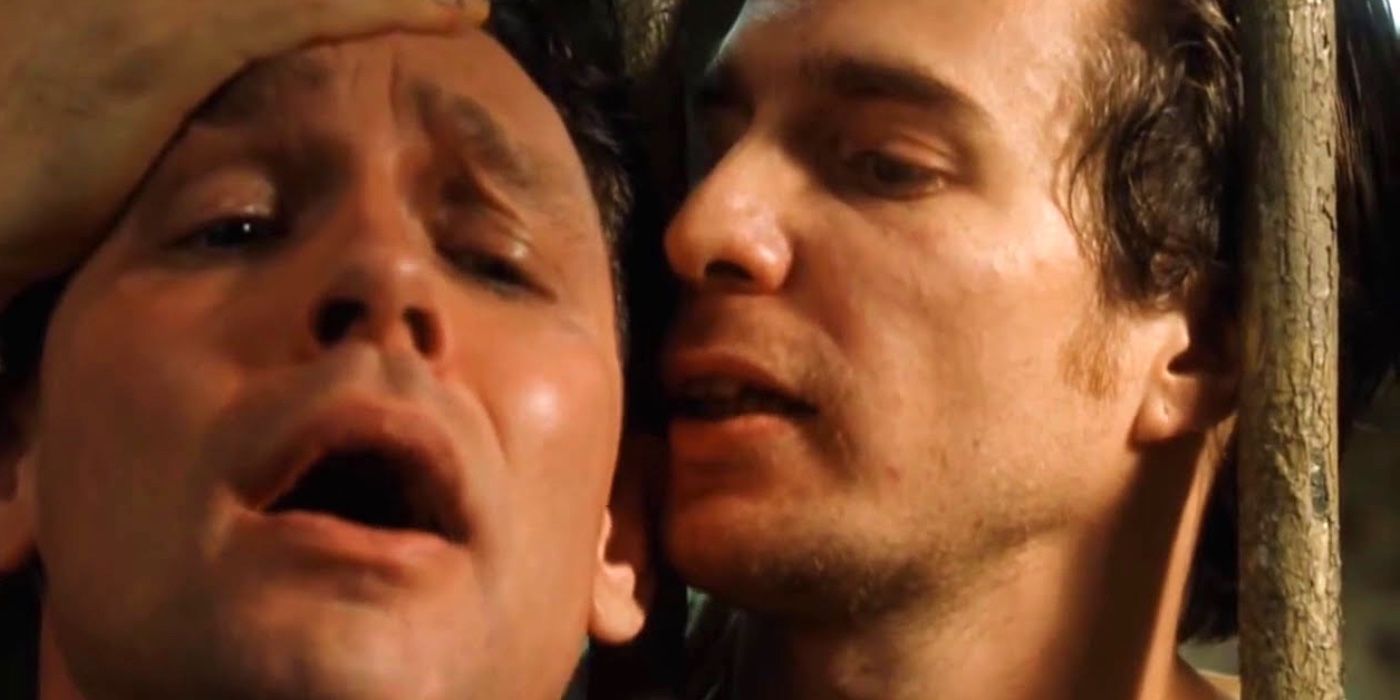
There are several antagonists in The Green Mile movie, with the two standouts being Percy Wetmore and William “Wild Bill” Wharton (Sam Rockwell, though The Green Mile role almost went to Josh Brolin). Percy gets most of the screen time as far as villains go, and the ruthless prison guard doesn’t disappoint. Given that his position at the prison is the result of nepotism, he hides behind his family name as he commits multiple atrocities. He targets Del, even breaking his fingers, and avoids sponging Del so that he can have a particularly painful execution. Wild Bill lives up to his namesake by constantly harassing John for his race, while also being violent towards the guards and other inmates. Audiences also find out that Bill is responsible for the crimes John Coffey is accused of.
While these villains flesh out The Green Mile movie seamlessly, the film leaves out another important antagonist: Brad Dolan. As part of The Green Mile‘s “Old Paul” narrative, Brad is a nursing home attendant who constantly harasses Paul. Considering Paul’s age, Brad is a viable threat to his well-being and safety, as he relentlessly targets Paul with senseless attacks. In The Green Mile book, Elaine is able to curtail Dolan’s attacks by revealing that her grandson is a politician and could cause a world of hurt for him. It’s possible that Director Frank Darabont thought the inclusion of yet another bad guy would make The Green Mile too much to handle. Enough people in the film get abused with reckless abandon, and adding elder abuse into the mix might’ve been a step too far.
Stephen King’s Green Mile Has An Even Sadder Ending
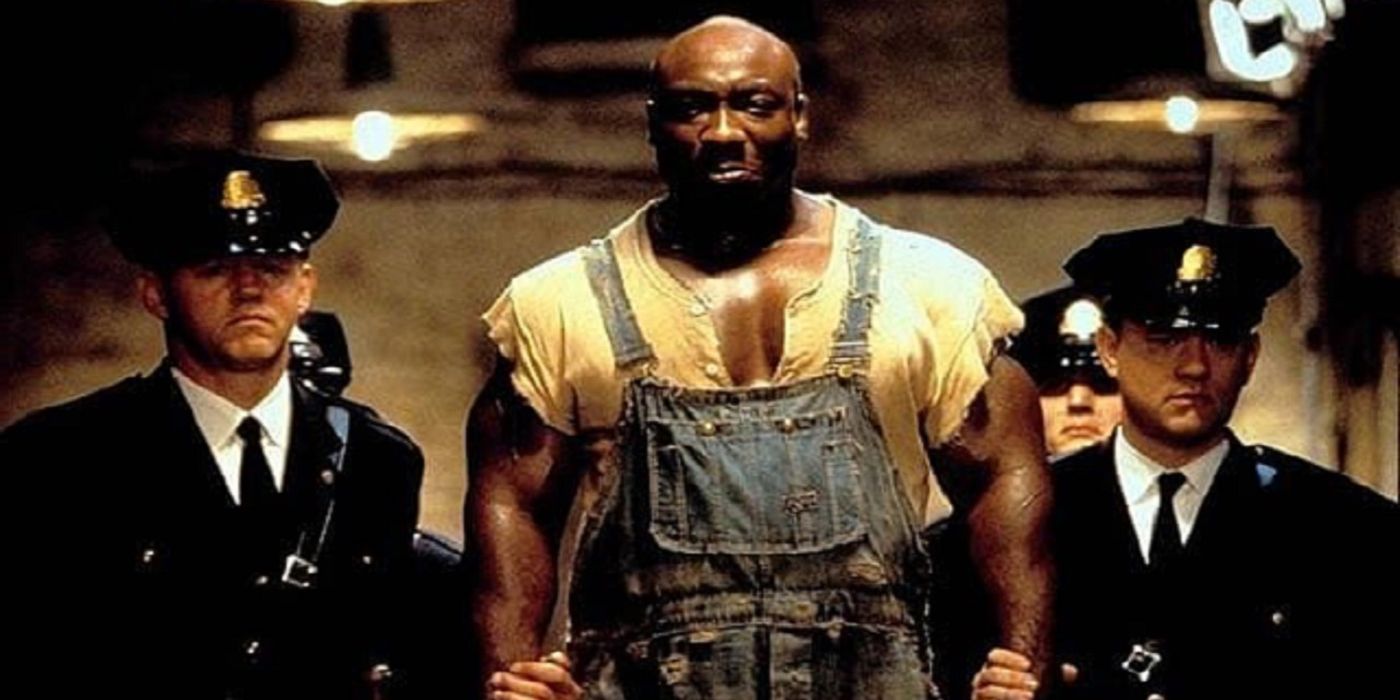
The Green Mile‘s ending is already tragic, but the way the novel ends is even sadder. After John’s horribly sad execution is recounted, Paul admits to Elaine that his execution was the last he was a part of, saying that afterward he took a job in the juvenile system. As if this weren’t awful enough, Paul is then shown attending Elaine’s funeral and wondering if having to outlive all of his loved ones is divine punishment for executing the innocent John. The Green Mile‘s depressing ending has been said by many to make the movie too heartbreaking to watch. However, Stephen King provides one final gut-punch in The Green Mile book that, thankfully, didn’t make it into the film.
While the book follows all the same beats as the movie, The Green Mile novel’s ending provides one final revelation that sent readers over the edge. After Elaine’s demise, it’s divulged that Paul’s wife Jan (Bonnie Hunt of Life With Bonnie) also died — in a particularly dismal way. Roughly 20 years after the events at Cold Mountain Penitentiary, in 1956 to be exact, Paul and Jan went on a bus trip to attend their granddaughter’s college graduation in Florida. The bus ends up getting T-boned by a semi-truck, and the fatal accident results in nearly everyone’s death. Jan dies in Paul’s arms, resulting in Paul begging the now-dead John Coffey to save her. He sees Coffey’s spirit at the scene, further highlighting the desperate loneliness and dread old Paul has experienced throughout his life.
The Green Mile makes some obvious departures from the book, but it’s a testament to King’s writing prowess that the film is able to follow it as close as it does. Certain things might not have made it into the movie because they were simply too sad, such as Stephen King’s original ending and Mr. Jingles’ death. Other changes, like Brad Dolan being omitted, simply could be because there wasn’t enough room to explore every territory. Regardless, The Green Mile, both the book and the movie, are tragic works of art.
